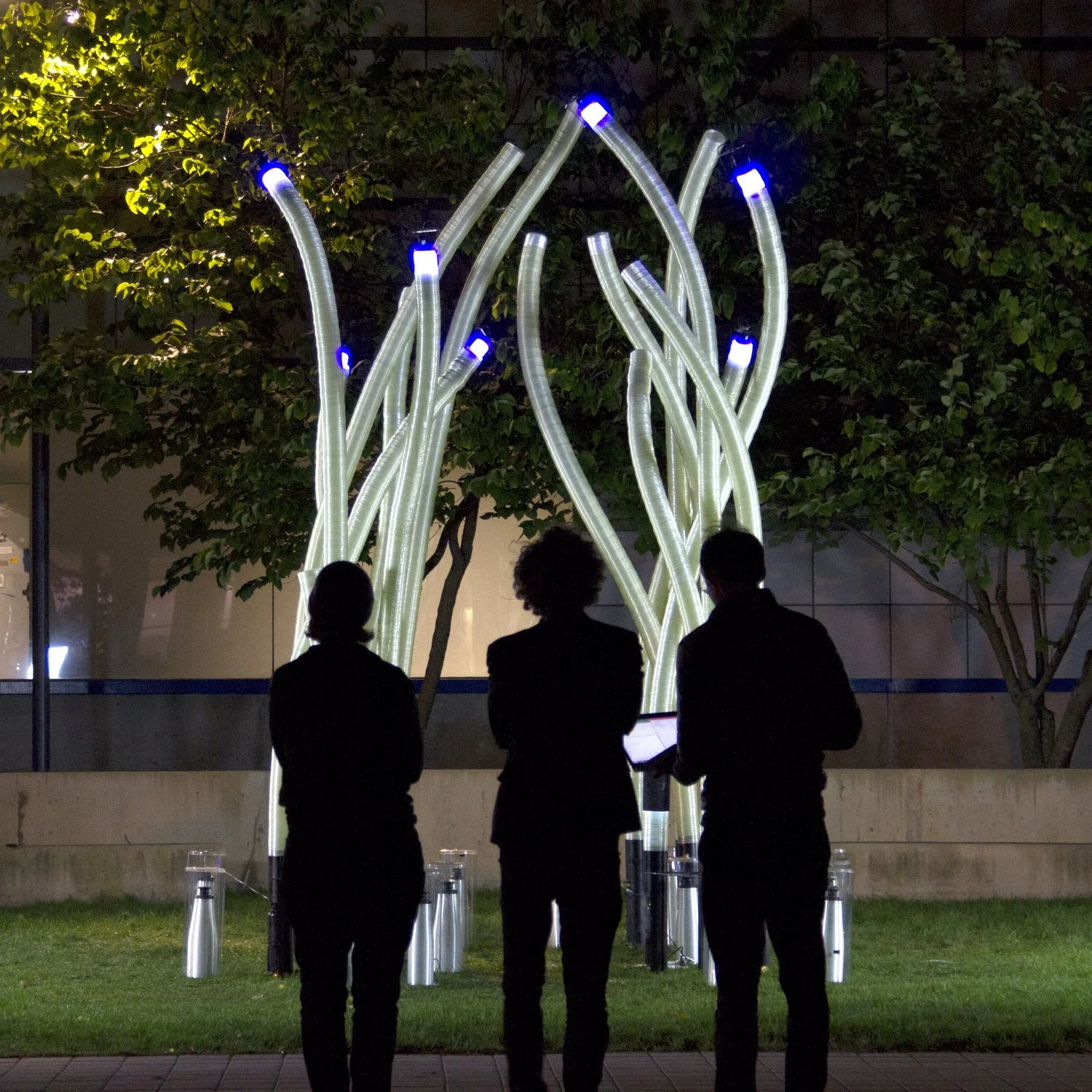P R O L E A R N
Sustainable Art refers to artistic practices that are in harmony with key principles of sustainability, including ecology, social justice, non-violence, and grassroots democracy. It goes beyond just using eco-friendly materials to encompass a holistic approach to creating art that considers its wider impact on society and the environment.
Key Characteristics
Ecological Consciousness: Uses environmentally friendly materials and processes.
Social Engagement: Addresses and promotes social justice issues.
Holistic Approach: Considers the artwork's impact across social, economic, and environmental dimensions.
Benefits
Environmental Impact: Sustainable art practices can reduce an artist's carbon footprint by up to 50% compared to traditional methods.
Awareness Raising: Art has the power to increase public engagement with sustainability issues by up to 30%.
Resource Conservation: Using recycled or upcycled materials can significantly reduce demand for new resources.
Challenges and Considerations
Material Limitations: Finding sustainable materials that meet artistic needs can be challenging.
Economic Viability: Sustainable practices may sometimes be more costly, affecting affordability.
Balancing Message and Aesthetics: Ensuring the sustainability message doesn't overshadow artistic expression.
Innovative Applications
Upcycled Art: Creating sculptures from plastic waste, like Choi Jeong Hwa's installations.
Eco-Friendly Public Art: Large-scale works that raise awareness, such as StudioKCA's 'Whale in Love' made from ocean plastics.
Renewable Energy Art: Sculptures that double as energy generators, like Elena Paroucheva's wind turbine artworks.
Future Outlook
As environmental concerns grow, we can expect Sustainable Art to become increasingly mainstream. Integration of new technologies may lead to more interactive and impactful sustainable artworks, while the art market may shift to prioritise works with strong ecological and social messages.
Call to Action:
Consider how you can incorporate sustainable practices into your artistic process or support sustainable artists. Explore using recycled materials, addressing social issues in your work, or collaborating with environmental organisations to create impactful, sustainable art.










